Gum recession is a common dental problem, often resulting from periodontal disease, though genetics or even certain medications can play a role in gum recession. Recession can be treated with a gum graft. When gum tissue recedes, the surface of the tooth root can become exposed and lead to severe sensitivity, root decay, and even jaw bone deterioration. Left untreated, gum recession can eventually lead to tooth loss.
How is a gum graft done?
Gum recession is usually diagnosed by your regular dentist but they may not be able to perform the surgery and refer you to a periodontist for treatment. The periodontist will evaluate the area to determine if you would benefit from a gum graft.
There are a few different types of gum grafts including: free gingival graft, connective tissue graft, and a pedicle graft. A gum graft is performed using a local anesthetic and the tissue harvested either from a donor or the roof of your mouth is stitched to the affected area.
How much does gum graft surgery cost?
The cost of gum graft surgery can run between $600 and $1200 per tooth. Donor tissue is more expensive than tissue harvested from the patient’s own mouth and if gum contouring is required as well, the overall cost of gum graft surgery can be up to $3000 per tooth.
Are there any additional costs I should know about?
Since a periodontist is a specialist, they will likely have a higher fee schedule than your dentist. If you are referred out, the periodontist will need to evaluate the area before grafting can be done and there will probably be a fee for the evaluation appointment. During the evaluation, the periodontist may need additional x-rays to adequately evaluate the health of your jaw bone and tooth roots. You may expect to pay up to $500 for the evaluation appointment.
How can I lower my out-of-pocket cost of treatment?
If you have dental insurance, it may cover some of the cost of your gum graft surgery if it is deemed medically necessary and not cosmetic. You may also be able to take advantage of medical insurance benefits so be sure to look into the details of your plan benefits before treatment.
If you need to find a doctor in your insurance network, your dental insurance provider website will have a tool to help you locate a doctor. You can also look on the websites for the American Academy of Periodontology and for the American Dental Association to find a great provider in your area!
Another possible way to lower your overall cost is looking into continuing education programs and dental schools. Both of these options need patients, either for students to work on or for live surgeries at continuing education events. The procedure is always monitored by a trained professional.
If you are experiencing gum recession and root sensitivity, speak with your dentist as soon as you can. Recession will not heal on its own so it is important to seek treatment before it gets worse!
